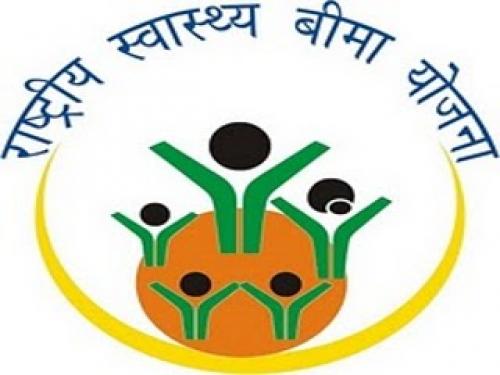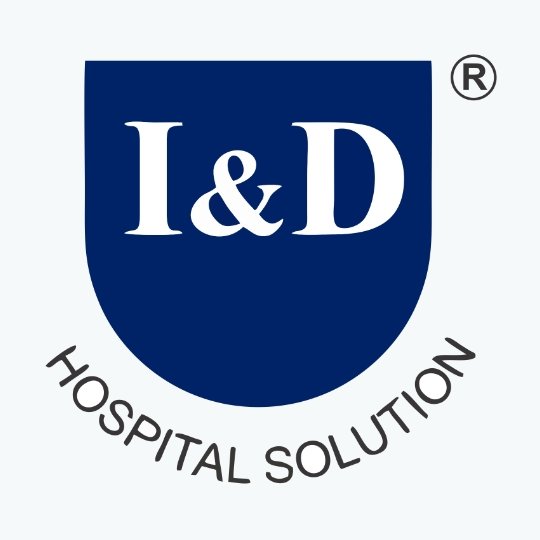- 17/12/2018
- Posted by: admin
- Category: Blogs

rashtriya swasthya bima yojana health schemes india
Government of India Health Schemes
The Government of India brought out several national health scheme india that run for the health benefits of the common man. Government Schemes paid for this health scheme jointly borne by the Union and the State Governments. It envisioned as a very strong health scheme that cover the mainstream of the unorganized sector in India. Experienced health services are admissible under this Health Schemes.
Health Schemes Offer by the Government
A few notable ones among them are:
- Rashtriya Swasthiya Bima Yojana (RSBY)
- Central Government Health Scheme (CGHS)
- Employment State Insurance Scheme (ESIS)
- Aam Aadmi Bima Yojana (AABY)
- Janashree Bima Yojana (JBY)
- Universal Health Insurance Scheme (UHIS)
- Mukhyamantri Swasthya Bima Yojana (MSBY)
- Revised National Tuberculosis Control Program (RNTCP)
-
Rashtiya Swasthiya Bima Yojana:
This scheme launched in 2008, for ensuring the Social security of this unorganized category in India. In the beginning, this scheme made mainly for the people under the Below Poverty Line (BPL) category. The beneficiaries the people who under the BPL category.The premium that paid for this health scheme is jointly borne by the Union and the State Governments.
It envisioned as a very strong health scheme that cover the majority of the unorganized sector in India. This Scheme is under the overall control of the Ministry of Health & Family Welfare. The person should be a holder of the BPL card to avail this scheme. The scheme follows a floater option as the money may be utilized for any member of the beneficiary family. One of the biggest advantages in this scheme is that a person of any age can avail the benefits. Even a pre-existing disease is covered under this scheme. 5 persons in a single family can be covered. Though the scheme is a Central Government one, nodal agencies have been set up in each state to oversee the functioning of this scheme.
-
Central Government Health Scheme
The CGHS Scheme is devised for the employees under Central Government services. It has a wide range of benefits for the employees. The benefits can be enjoyed by the current working people and also the ones who have retired from the Central Government Services. Their dependents are also eligible to enjoy the similar benefits. Full-fledged health services are admissible under this Health Scheme.
The patient must have the authentic document to prove that he is a Central Government employee (working or retired).The major areas of the benefits that can be enjoyed under this scheme are the dispensary serves inclusive of the domiciliary state, consultation with the specialist physicians; all types of pathological and radiological investigations, hospitalization charges, arrangement of the medicines and health education for the patients.
-
Employment State Insurance Scheme
It is a social security scheme that takes care of the worker class. There is a huge worker category of persons who are engaged in different establishments such as factories etc. who are always under the threat of health hazards and injury. These people get their coverage benefit along with that of their dependents. If the workers in a factory are more than 9, ESI becomes applicable for the workers. Apart from the factories, the workers in other establishments such as shops, hotels, cinema halls, transport sector employees are all covered under ESI.
The workers in these establishments have to be 20 persons minimum for the coverage to be binding. Staffs working in the educational institutes also covered by ESI. The person should possess the ESI card to avail the facility.If a person becomes sick, they are eligible to get cash benefits by availing the treatment at the notified ESI hospitals.
If a person undergoes temporary or permanent disability, he will get the benefit from it. If a person becomes incapacitated, he will get a pension monthly to run his household expenses. The same given to the family members, if the person dies due to any kind of injury during the course of employment.
-
Aam Aadmi Bima Yojana
This scheme launched as late as October, 2007. This means that the requirement for such a scheme existed in the late 2000s. The beneficiary of the AABY scheme has to belong to landless persons in the rural areas. A single member of the family gets the benefit of this health scheme. For AABY scheme, should prove that the person belongs to the rural area and does not possess any land.
The person aged between 18 and 59 The premium paid by the Centre and the State equally. The coverage is for people under the BPL category or slightly above the limits for the JBY Scheme. Both these schemes have now been combined.There are benefits available on the natural as well as the accidental death of the person covered. Partial or permanent disability also covered in this scheme.
-
Janashree Bima Yojana
Janashree Bima Yojana (JBY) a government-sponsored socially oriented insurance scheme. Devised by the Central Government and Life Insurance Corporation (LIC) together, this scheme offers life insurance protection to rural and urban people below and marginally above poverty line. The members under this yojana will have to pay a premium of Rs 200 per head. 50% of the premium paid by the members or the State Government/Nodal Agency, while submitting the proposal.
Nodal Agencies comprise Self Help Groups (SHGs), NGOs, Panchayat, or any other institutional arrangement. The other 50% of the premium contributed from the Social Security Fund., For In the event of natural death, the nominee paid Rs 30,000 as death benefit.On total permanent disability or death caused due to accident, the beneficiary of the life assured will receive Rs 75,000 as compensation.If the life assured suffers partial permanent disability due to an accident, then Rs 37,500 paid as compensation.
-
Universal Health Insurance Scheme
The Universal Health Insurance Scheme introduced by Ministry of health and family welfare as part of its proposed Universal Health Assurance Mission (UHAM). One of the fundamental rights of every citizen is to enjoy good health. The government of various first world countries have protected the health of its citizens by providing good medical care for free or very nominal cost.
The Universal Health Insurance Scheme launched with effect from 14.7.2003 on a nationwide basis with an aim to provide health care to the poorest section of the society. The scheme open both BPL (Below Poverty Line) and APL (Above Poverty Line) families.The present insurance reach about 25% of the population. UHIS reformed to improve the access to the health care to the exclusive below poverty line families.
-
Mukhyamantri Swasthya Bima Yojana
Mukhyamantri Swasthya Bima Yojana (MSBY) is an health insurance scheme by the state government of Uttarakhand. The scheme launched in April 2015 and is now benefiting least 48 Lakh families in the state. The government is providing a health insurance coverage upto Rs.30,000 to all the left out families not covered under Rashtriya Swasthya Bima Yojana.
- Revised National Tuberculosis Control Program (RNTCP)
Revised National Tuberculosis Control Program (RNTCP) is the state-run tuberculosis (TB) control initiative of the Government of India. As per the National Strategic Plan 2012–17, the program has a vision of achieving a “TB free India”, and aims to achieve Universal Access to TB control services.) is the state-run tuberculosis (TB) control initiative of the Government of India. As per the National Strategic Plan 2012–17, the program has a vision of achieving a “TB free India”, and aims to achieve Universal Access to TB control services.




Do you assist for Mahatma Phule Aarogya and aayushman bharat yojna